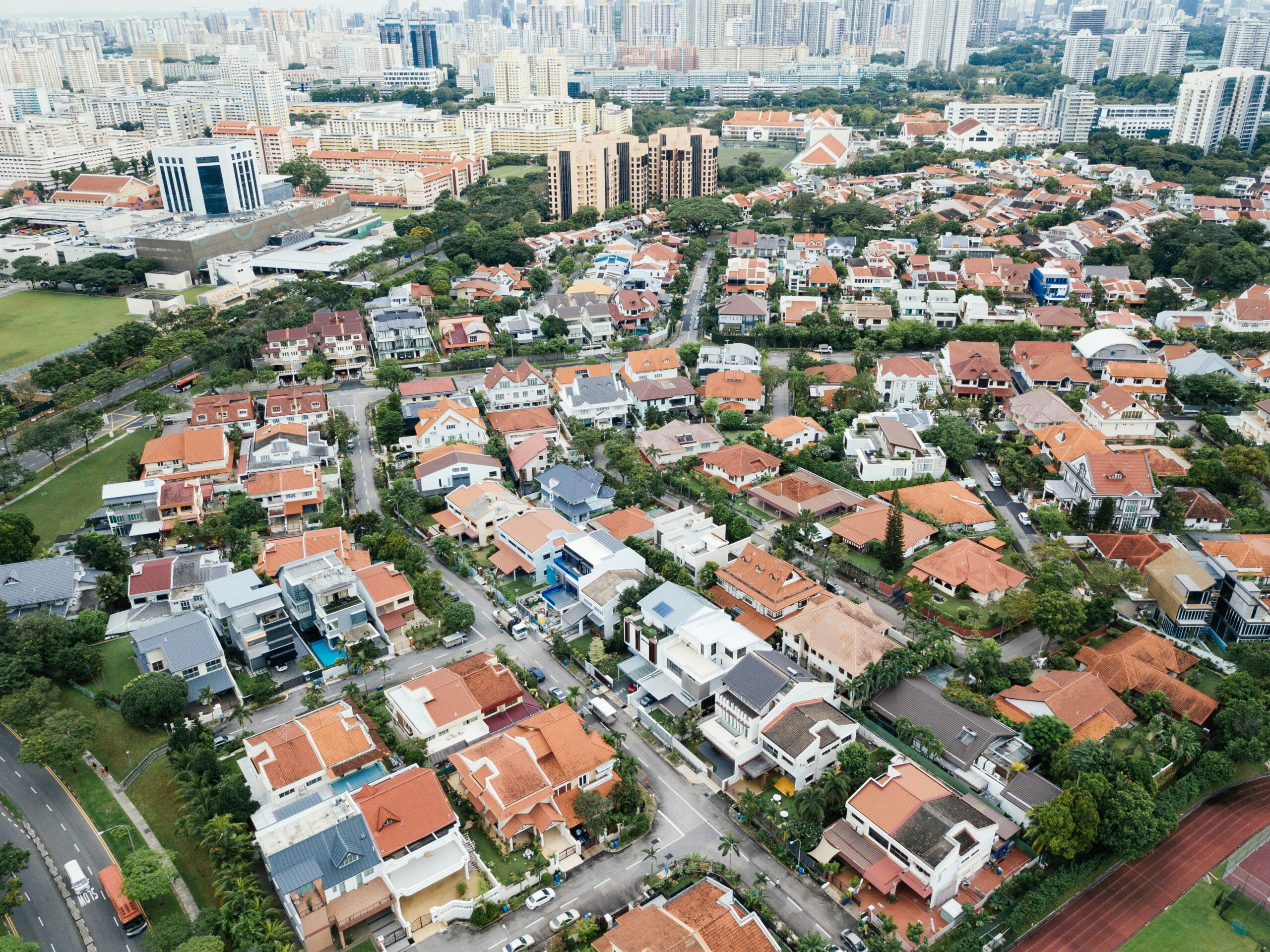
The real estate industry is undergoing a green transformation. With rising environmental concerns and increasing demand for eco-friendly spaces, sustainability practices in real estate have shifted from optional perks to essential business strategies. Developers, investors, property managers, and tenants are all recognizing that sustainability is not just good for the planet—it’s good for the bottom line.
Let’s explore how sustainable approaches in real estate are shaping smarter communities, reducing long-term costs, and driving long-term value.
The Growing Importance of Sustainable Real Estate
Sustainability is no longer a niche trend. It has become a central pillar of real estate development and management. From climate resilience to reduced operating costs, green buildings provide substantial benefits.
More cities now enforce stricter environmental regulations. Investors prioritize sustainable portfolios, and renters increasingly seek properties that align with their values. As a result, companies that adopt sustainable practices gain a significant competitive edge.
Key Elements of Sustainability Practices in Real Estate
Implementing sustainability in real estate spans across design, construction, operation, and maintenance. These practices touch every phase of a building’s lifecycle.
One of the most effective sustainability strategies is boosting energy efficiency. Smart HVAC systems, LED lighting, energy-monitoring tools, and improved insulation all contribute to reduced energy consumption.
Incorporating renewable energy sources such as solar panels or geothermal systems further lowers carbon footprints. Energy-efficient buildings not only meet green certifications but also offer lower utility costs and higher property values.
Water-saving measures are another cornerstone of sustainable buildings. Low-flow toilets, motion-sensor faucets, drought-resistant landscaping, and rainwater harvesting systems significantly cut water usage.
Real-Time Monitoring Enhances Environmental and Cost Efficiency
Real-time monitoring tools help identify leaks and inefficiencies quickly. These proactive steps benefit both the environment and the property’s budget.
Sustainable construction materials are gaining popularity. Recycled steel, bamboo, reclaimed wood, and low-VOC paints contribute to healthier indoor environments and reduce waste.
Choosing local materials also minimizes the carbon footprint associated with transportation. These choices support green construction standards while maintaining high-quality aesthetics and durability.
Achieving third-party green certifications gives properties a significant edge. These certifications reflect a strong commitment to sustainability and are increasingly influencing purchase and leasing decisions.
LEED (Leadership in Energy and Environmental Design)
LEED certification, developed by the U.S. Green Building Council, is one of the most recognized. It scores buildings based on energy use, materials, water conservation, and indoor environmental quality.
This certification focuses on energy performance and applies to both residential and commercial buildings. ENERGY STAR-rated properties typically use 35% less energy than standard buildings.
The WELL standard assesses a building’s impact on occupant health and well-being. It complements other environmental certifications by focusing on air quality, lighting, nutrition, and comfort.
Smart Technology and Sustainable Management
Integrating smart technology has revolutionized sustainability practices in real estate. Building management systems now allow real-time monitoring of energy usage, water consumption, air quality, and temperature controls.
Smart thermostats, occupancy sensors, and automated lighting reduce waste and enhance tenant comfort. Predictive maintenance alerts managers to issues before they escalate, preventing resource loss and expensive repairs.
These tools ensure consistent performance and offer valuable data to refine sustainability goals over time.
The Financial Benefits of Sustainable Real Estate
Going green is not just good for the environment—it makes solid financial sense.
Studies show that green buildings have higher occupancy rates and command better rental prices. Investors are drawn to certified sustainable properties because they demonstrate future resilience and reduced risk.
Energy-efficient systems and water-saving measures reduce utility expenses. Though initial investment may be higher, long-term savings far outweigh the upfront costs.
Tenants, especially younger demographics and corporations, are more likely to choose properties with proven sustainability credentials. Offering a green space becomes a valuable marketing point.
Sustainability in Real Estate Development
Sustainable practices begin at the planning stage. Developers can assess site conditions, natural light availability, wind patterns, and ecological impact to design smarter buildings.
Master-planned communities often incorporate green spaces, walkability, public transit access, and environmentally responsible infrastructure. These efforts foster healthier lifestyles while reducing dependence on vehicles and utilities.
Moreover, adaptive reuse—converting existing structures rather than demolishing—saves resources and reduces waste. This approach balances environmental responsibility with urban renewal.
Real-World Examples of Sustainable Real Estate
Across the globe, forward-thinking developers and managers are putting sustainability into action.
In the United States, companies like Prologis and Boston Properties are investing heavily in green-certified buildings. Their portfolios consistently outperform traditional properties in value and tenant retention.
In cities like Austin and Portland, mixed-use developments integrate renewable energy, green rooftops, and eco-conscious amenities. These projects become blueprints for future sustainable urban planning.
Overcoming Challenges in Implementation
While the benefits are clear, implementing sustainability practices in real estate presents some challenges.
Sustainable upgrades can require higher upfront investment. However, many federal, state, and local incentives exist to support green construction and retrofitting. Educating stakeholders about long-term ROI is crucial to overcoming hesitation.
Choosing and implementing the right systems may feel overwhelming. Working with experienced consultants or hiring a sustainability officer helps ensure the right mix of tools, training, and goals.
Shifting mindsets takes time. Encouraging a culture of sustainability among staff, tenants, and vendors is key to lasting impact. Clear communication, visible results, and shared incentives all help drive adoption.
Sustainability practices in real estate are shaping the future of how we live, work, and build. They’re no longer optional extras—they’re critical to creating value, reducing risk, and improving quality of life. As environmental standards rise and expectations shift, embracing sustainability offers a strategic advantage for every stakeholder.
Now is the time to invest in smarter buildings, greener communities, and a healthier planet—one property at a time.